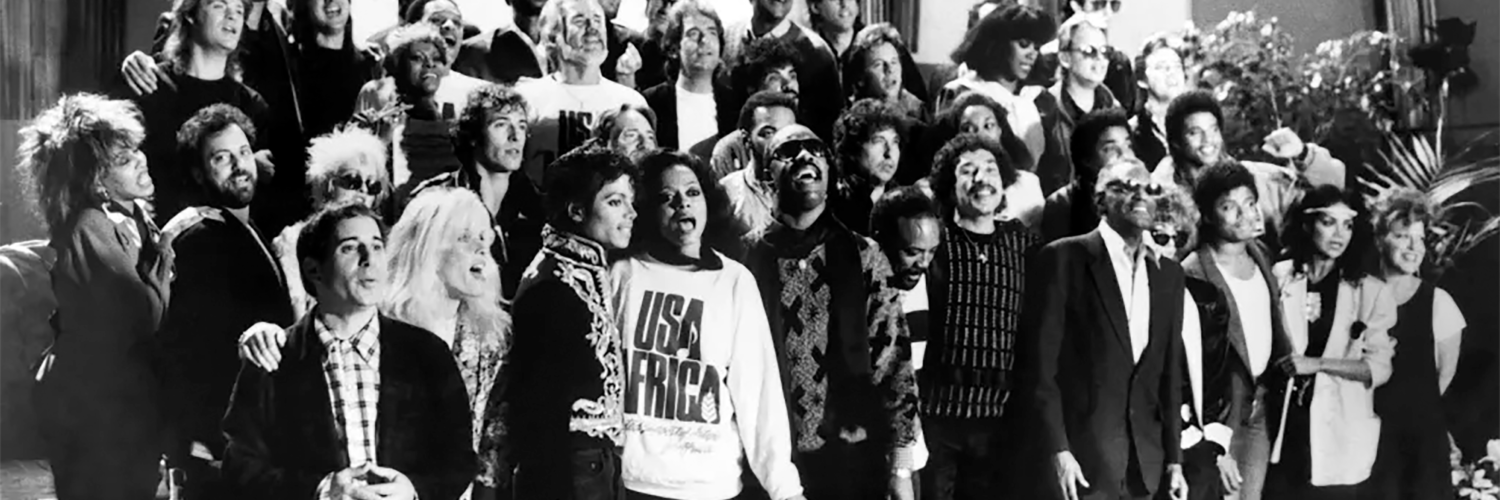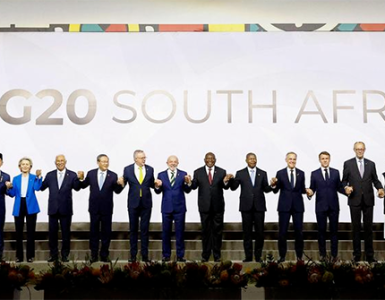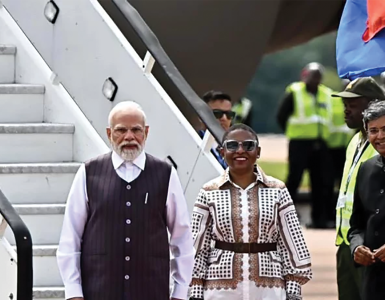STEREOTYPE: Why are stories about African suffering so persistent?
By Sean Jacobs and Kathryn Mathers
 Near the start of the documentary film The Greatest Night in Pop Music, released at the beginning of 2023, the American singer-songwriter Lionel Richie describes how he and Michael Jackson came up with the melody for “We Are the World,” the charity single recorded by American artists in 1985 to raise money for famine relief in Ethiopia. “We had to identify right away what kind of song do we want.”
Near the start of the documentary film The Greatest Night in Pop Music, released at the beginning of 2023, the American singer-songwriter Lionel Richie describes how he and Michael Jackson came up with the melody for “We Are the World,” the charity single recorded by American artists in 1985 to raise money for famine relief in Ethiopia. “We had to identify right away what kind of song do we want.”
For the melody, they rejected an r&b ballad or an anthem style, like “The Star-Spangled Banner.” Richie then starts stomping his feet and vocalizing to “Rule, Britannia.” Pleased with himself, he concludes: “There it is. There’s your template. And once you have that, what to put on top of that.” Nobody, neither Richie nor the filmmakers, seems to notice the irony of trying to relieve suffering in the global South by drawing on a musical tradition that glorified the expropriation and extraction of natural resources in those countries.
“We Are the World” sold 20 million printed copies and became the first single certified multiplatinum.
The celebrity humanitarianism of the 1980s that the song was part of is having a moment again. Until March 2024, London’s Old Vic Theatre is home to “Just for One Day,” a musical about Live Aid, the transatlantic concert on one day in 1985 that also raised money for Ethiopian famine victims. At least 70 artists combined—including David Bowie, the Who, Queen, the Police, Elton John, Paul McCartney, and Diana Ross—performed at two venues: an audience of 72,000 people at Wembley Stadium in London and 89,000 people in Philadelphia, with another 1.9 billion people in 130 countries watching the live TV broadcast.
In the mainstream, Live Aid is still remembered, nearly forty years later, as “the day that music brought the world together,” despite evidence that most of the proceeds of events like this pay for staff and offices in the West and millions of pounds raised in telethons at Live Aid were siphoned off to purchase weapons for Ethiopian rebel groups. As a result, the populations the concert organizers claimed to help were subjected to more violence at the hands of the state and rebel movements. It was also lost on campaigners that the causes of the famine were political and required a political solution.
So, a musical celebration of these events and the culture of giving it helped create feels like another parody of humanitarianism.
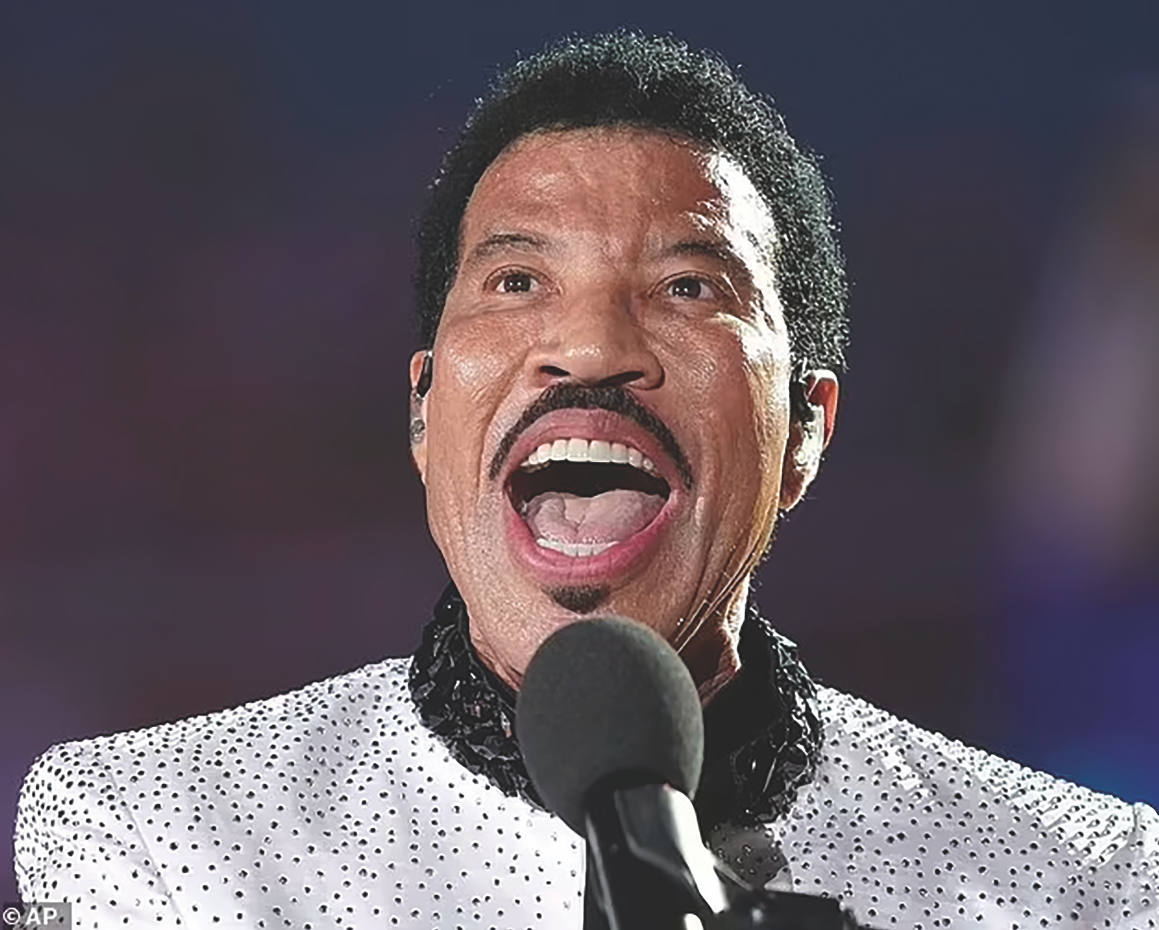 In our work on how Africa is imagined and what those imaginings mean—Kathryn wrote a book on American travelers to Africa, and Sean founded this website and edited it for nearly a decade and a half—we are repeatedly told that the awareness of the problem has solved the problem; that people trying to do good in Africa understand their privilege, pay attention to their positionality and power imbalance, and are careful about the stories they tell about their work and the people they work with. And when they don’t adequately acknowledge their positionality, they are called out on Twitter, or X, parodied by woke student groups in Western Europe or North America, or lambasted by activist Instagram accounts like @barbiesavior or @nowhitesaviors to “do better.”
In our work on how Africa is imagined and what those imaginings mean—Kathryn wrote a book on American travelers to Africa, and Sean founded this website and edited it for nearly a decade and a half—we are repeatedly told that the awareness of the problem has solved the problem; that people trying to do good in Africa understand their privilege, pay attention to their positionality and power imbalance, and are careful about the stories they tell about their work and the people they work with. And when they don’t adequately acknowledge their positionality, they are called out on Twitter, or X, parodied by woke student groups in Western Europe or North America, or lambasted by activist Instagram accounts like @barbiesavior or @nowhitesaviors to “do better.”
Not surprisingly, there are also people within the development and humanitarian industries pushing and prodding their colleagues and donors to rethink and restructure their work and ways of giving. However, the impact on the booming voluntourism industry (in which young people travel to help vulnerable populations), the traditional world of donor-based philanthropy, and missionary travel to Africa is barely noticeable in these attempts at cleaning up humanitarianism. Research shows that state-driven public intervention is still the most effective strategy to improve conditions for people in developing countries. Still, you won’t hear that highlighted in a public sphere that favors self-help and individualism.
The breathless publicity for “Just for One Day” repeats all the cliches we’ve hoped Westerners would leave behind: “There’s a background of social unrest and revolution, a humanitarian crisis that speaks to our moral obligations as a wider society, and then, at the center, an electrifying live concert teeming with famous names.”
We also doubt the musical seriously deals with the alleged corruption or the foregrounding of Western agency—what critics refer to as “white saviors” or the “savior complex”—that was at the heart of Live Aid. Bob Geldof, who organized Live Aid and whose story will be at the heart of “Just for One Day,” has displayed no remorse and little humility regarding those events of 1985 and their many legacies.
For most people, the term “white saviors” refers to missionaries, voluntourists, clicktivists, Oprah, Barbie, or even Geldof. But it is also a system or a set of structures. For a long time now, we have been paying close attention to the representations, images, stories, and sites of popular culture that help to sustain and build this white savior industrial complex. Even as these images have evolved and changed to reflect critiques, they maintain relations that allow extractive economies to coexist with a narrative of care and multiple versions of charitable impulses.
The documentary miniseries Savior Complex has been doing the rounds of streaming services since the end of last year, and the mostly positive responses it has generated are another example of why these narratives persist. The series focuses on the nonprofit organization Serving His Children, founded by American Renee Bach. She traveled to Africa as a 19-year-old homeschooled missionary and treated sick Ugandan children without medical qualifications, because God told her to.
At least 105 children died.
Savior Complex’s powerful portrait of Bach shows the hubris necessary when one unqualified, untrained person is supported financially and morally to intervene in another country’s health-care system and the lives of malnourished babies and their families. It also reveals the difficulty of a coherent challenge from inside and outside the country. In Uganda, there was outrage after officials responded by shutting down Bach’s organization but allowed her to open another in partnership with the government.
A Ugandan lawyer stepped up to fight for justice for the families, and the film tells her and her clients’ stories too. Nevertheless, the series portrays the central battle (reflecting how most Western media came to the story) as one happening on social media between two white women: Bach and one of the women behind @nowhitesaviors.
Bach’s story offers an essential intervention in any critique of white saviorism, showing how local systems and local people are solving their problems. The effort of lawyer Primah Kwagala, who took Bach to court on behalf of the mothers of two of her victims, demonstrates the necessity and the struggles of Africans to navigate the politics of postcolonial states. Her story could have been the most important one in the documentary, yet Savior Complex insisted on centering white Westerners and their struggles.
A story about Ugandans engaging their own government’s problems is eclipsed by the classic trope plaguing representations of Africa—starving and suffering children, in many cases with a white person helping them. Those white people are both the earnest missionaries letting children die because they actually believe that God is telling them to do medical work and the white “non-saviors” who make it their mission to save black babies from white people.
Why is this story about African suffering so persistent?
One thing we’ve learned from our work is that images matter—representations, stories, and popular culture do not just reflect the inequalities produced by histories of colonialism and continuing extractive economies but also show how images helped create and continue to maintain those relationships. When this context is not articulated, and these histories remain invisible in the representations and stories told by Westerners, these images disguise the unequal relationship between those wanting to help and those= needing help. The relationship between aid workers, local states, and lawmakers adds a dimension only hinted at in critiques like Savior Complex or by activists on social media: these critiques rarely explore how much local workers, communities, and governments depend on the humanitarian industrial complex. With no understanding of how it is possible in the first place for unqualified, young, and naïve Westerners to be given responsibility for the lives of others, it is easy to think that the savior complex phenomenon is just about one woman and particular supporters and donors. Worse even is the not-so-subtle narrative that some white people could do “aid” better, allowing for the imagined possibility of a “better white savior.”
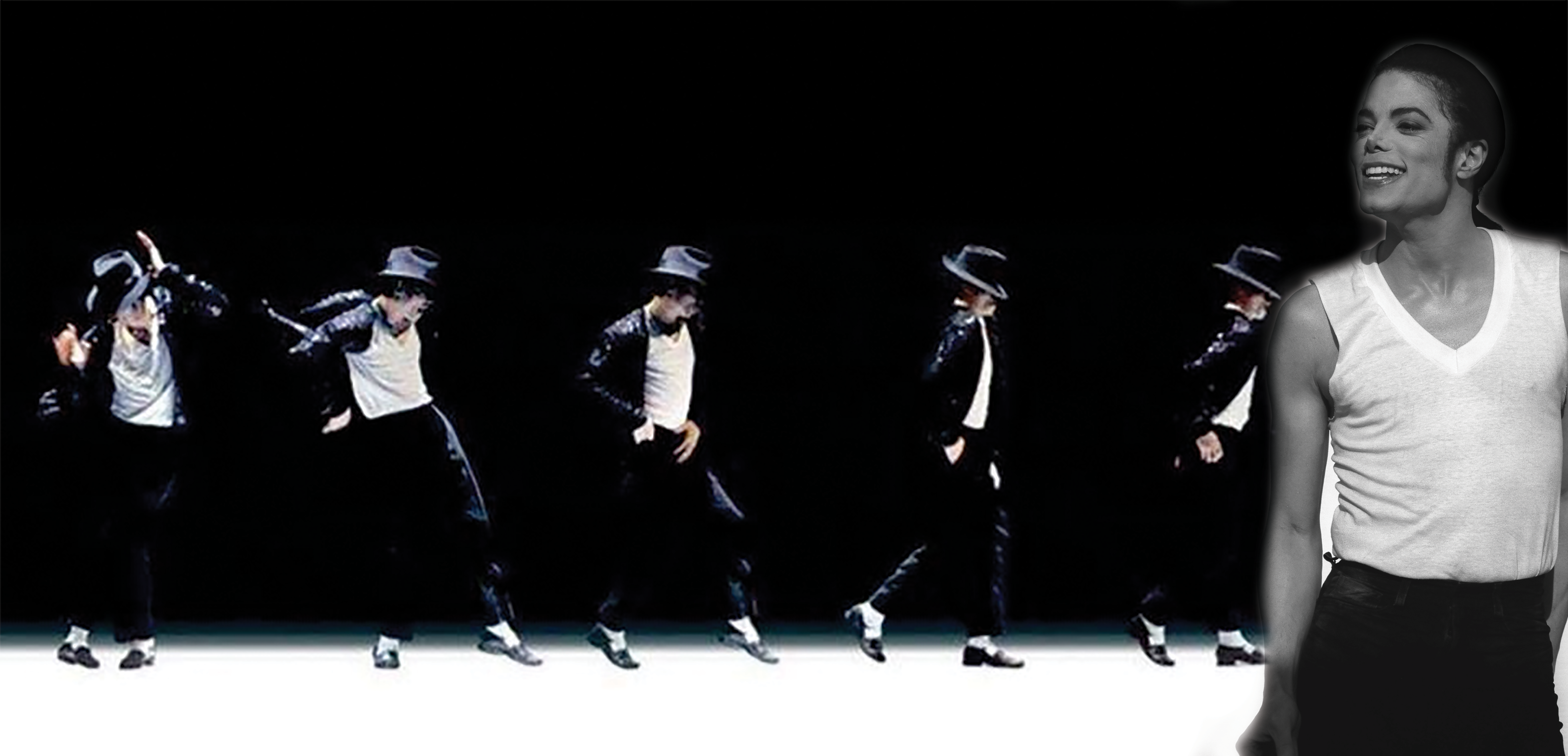 Second, when the origins and the structures maintaining inequalities are normalized and seem naturally present, it becomes easier to thoughtlessly share over and over again images that are meant to elicit emotion and anger, repeating the harmful narrative that Africa is helpless and relevant only as a site for a Westerner’s self-discovery. Telling stories about how white people can navigate their feelings and desires might be compelling but negates any possible critique of the rest of us implicated in the white savior industrial complex. Even when disclaiming systemic injuries and structural violence, Westerners critique individuals and seek absolution from individual actions.
Second, when the origins and the structures maintaining inequalities are normalized and seem naturally present, it becomes easier to thoughtlessly share over and over again images that are meant to elicit emotion and anger, repeating the harmful narrative that Africa is helpless and relevant only as a site for a Westerner’s self-discovery. Telling stories about how white people can navigate their feelings and desires might be compelling but negates any possible critique of the rest of us implicated in the white savior industrial complex. Even when disclaiming systemic injuries and structural violence, Westerners critique individuals and seek absolution from individual actions.
In an interview for a project we’re working on, the late writer Binyavanga Wainaina, famous for mocking how Western journalists write about Africa, described how Live Aid and the single “Do They Know It’s Christmas?” revealed how the West perceived him and his family, Kenyans, and Africans as a whole at the time: “The song didn’t stop at saying ‘Ethiopia,’ it said ‘Africa.’ So, we’re sitting here watching people arrive and say, ‘We are coming to save you,’ and that we need to be taken care of by white people all over the world. It never really occurred to me up to that point: this is how they see us.”
- Sean Jacobs, publisher of Africa is a Country, is on the faculty of The New School. He founded Africa Is a Country in 2009. Kathryn Mathers is the author of two books: “Travel, Humanitarianism, and Becoming American in Africa,” and “White Saviourism and Popular Culture: Imagined Africa as a Space for American Salvation.”

